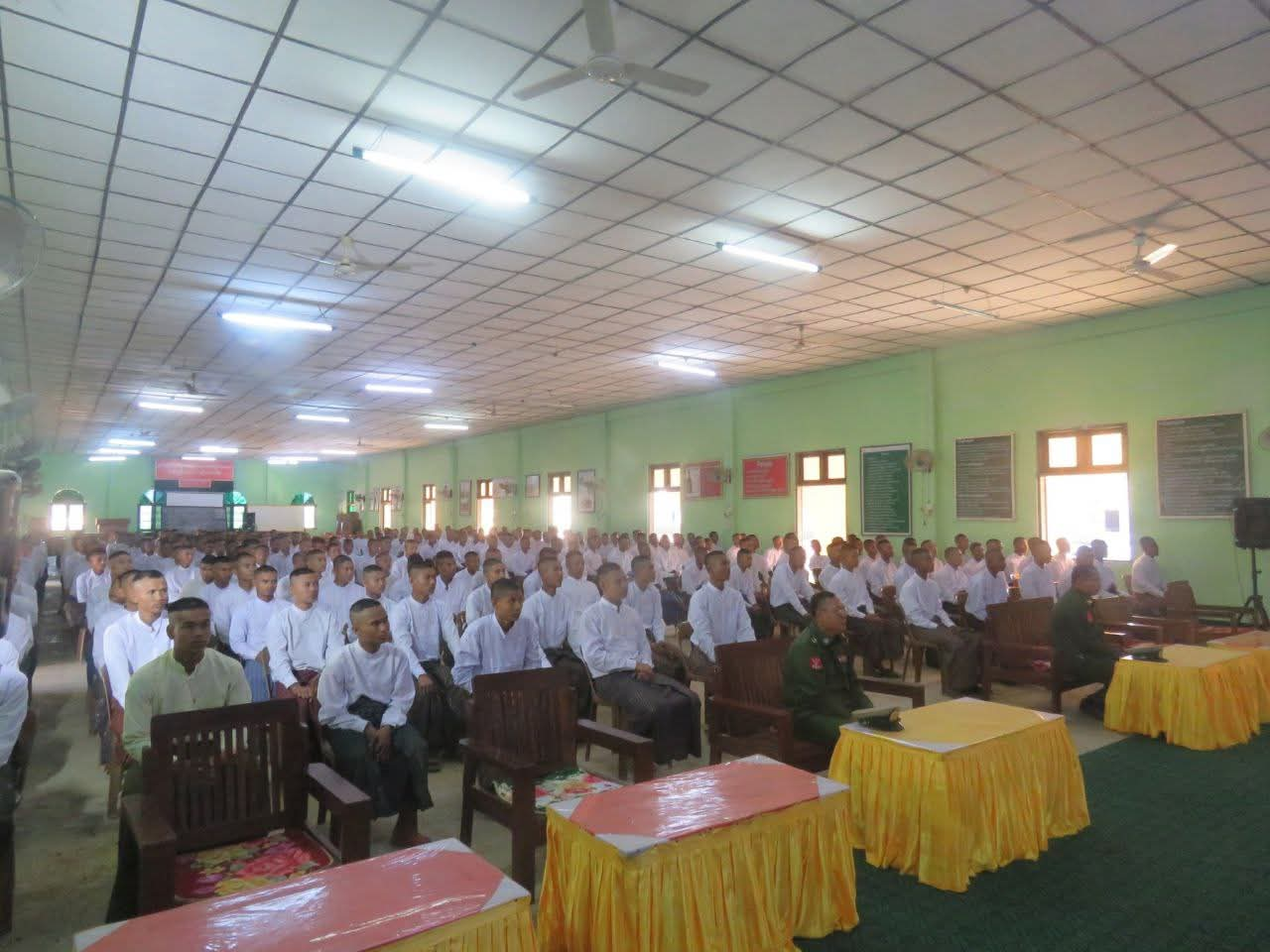
As 5G technology continues to be deployed, researchers have identified several critical vulnerabilities that could impact its security and functionality. Here are some key findings from recent studies:
1. Emergence of New Vulnerabilities – Recent research has uncovered 11 new vulnerabilities specific to 5G networks. These vulnerabilities pose significant risks, and there is an urgent need to address them before they can be exploited by malicious actors.









The findings highlight that while 5G promises enhanced capabilities, it also introduces new security challenges that must be managed effectively.
2. Inheriting Flaws from Legacy Systems
Studies indicate that many known vulnerabilities from 4G networks can theoretically be applied to 5G, particularly in Non-Stand-Alone (NSA) configurations. This inheritance of flaws suggests that 5G networks may not be as secure as initially perceived, as they often rely on older protocols that have not been fully secured.
3. Complexity and Software Dependence
5G networks are largely software-based, which introduces vulnerabilities common to software solutions, such as coding errors and misconfigurations. This complexity can lead to security oversights, making it easier for attackers to exploit weaknesses in the system. The reliance on software-defined networking (SDN) further complicates security management, as updates and patches must be carefully managed to avoid introducing new vulnerabilities.
4. Potential Threats to Critical Infrastructure
The integration of 5G technology into critical infrastructure systems raises concerns about cyber-physical risks. Vulnerabilities in 5G could potentially disrupt essential services, highlighting the need for robust security measures to protect these interconnected systems. The Department of Defense has emphasized the importance of identifying and mitigating these vulnerabilities to ensure secure communications, especially in military applications.
5. Device Capability Exposures
Research has shown that device capabilities are exchanged with the network before the authentication stage, which can expose sensitive information. This early exchange can be exploited by attackers to gain unauthorized access to networks, further complicating the security landscape of 5G.
Conclusion
In summary, the research findings on vulnerabilities in 5G technology underscore the need for a proactive approach to security. As new vulnerabilities emerge and legacy flaws persist, it is crucial for stakeholders to implement comprehensive security measures and continuously monitor the network for potential threats. Addressing these vulnerabilities will be essential to harnessing the full potential of 5G while ensuring the safety and security of users and critical infrastructure.


Leave a Reply